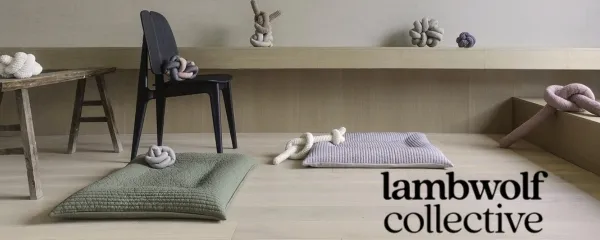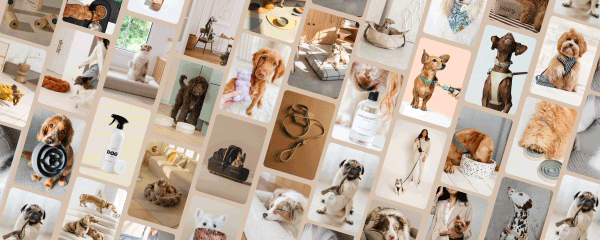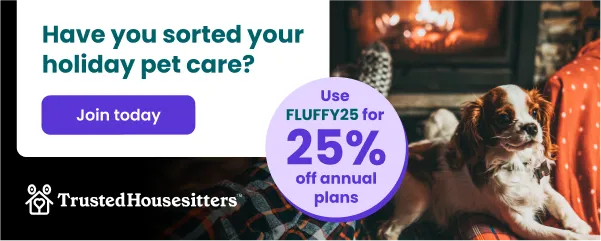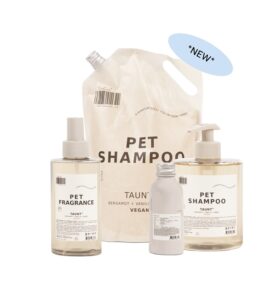Resource Guarding in Dogs: Top Tips From a Dog Behaviourist

Learn all the do’s & don’ts of resource guarding in dogs.
While resource guarding in dogs may be common, it definitely isn’t fun to deal with. When your sweetie suddenly turns savage, it can be quite the shock!
Ever since adopting our cocker spaniel Ziggy, he’s shown signs of dog food aggression around bones. Recognising this trigger has helped us to manage it; an important consideration when deciding to get our second dog Sunny (and you can bet we’ve trained him to avoid further resource guarding…more on this below!)
Prevention is always better than cure, so knowing how to stop resource guarding before it starts is key to having a happy and healthy dog – and a harmonious home.
Here, Sydney-based dog behaviourist and trainer Sophia Gillis shares the common causes and signs of resource guarding, along with her expert tips to prevent aggressive behaviour in your pup before it begins.
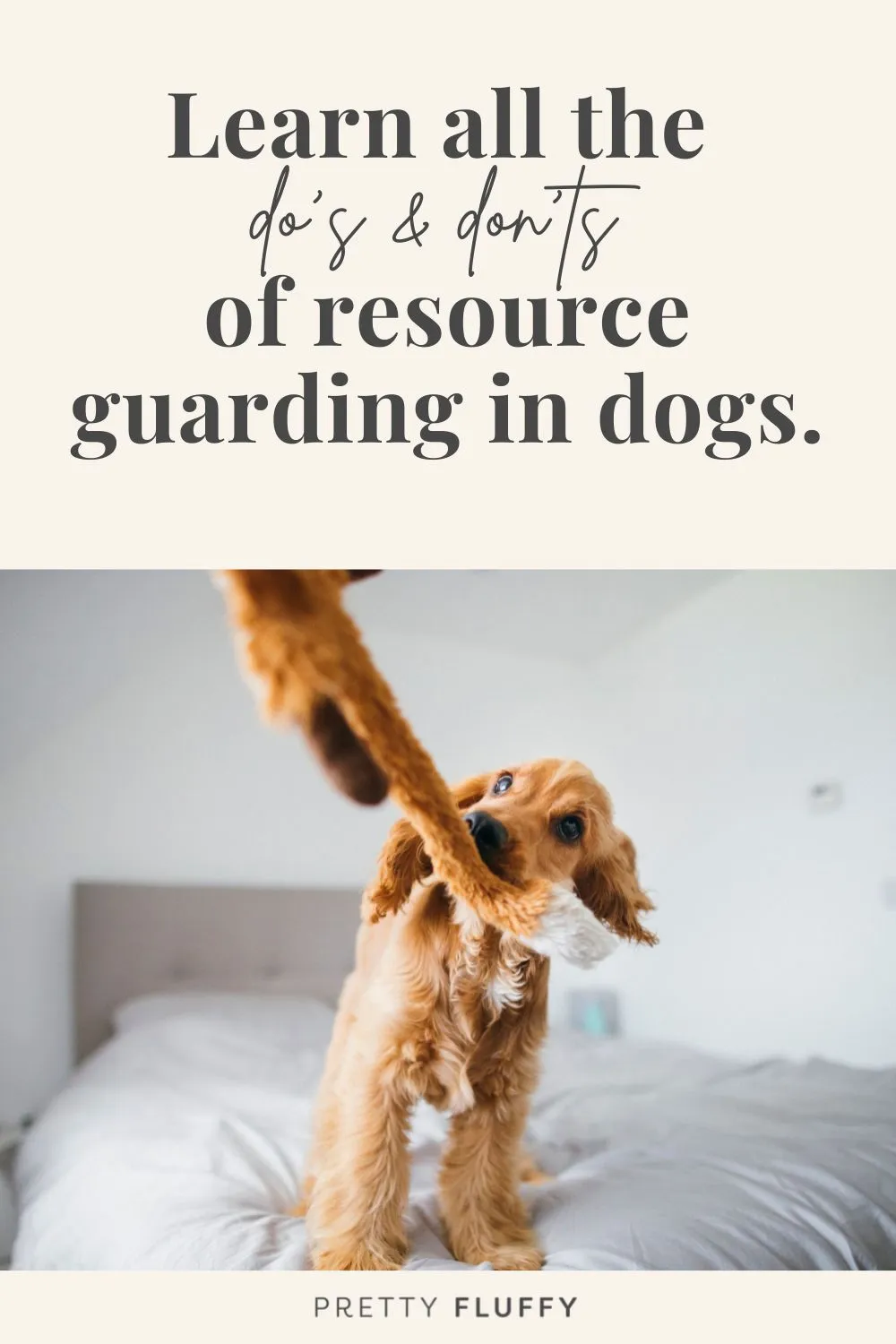
EDITOR’S NOTE: This post may contain affiliate links. If you click one, we may earn a cute commission at no extra cost to you. We only ever recommend products we have personally vetted and think you’ll love as much as we do.
Resource Guarding in Dogs: Top Tips From a Dog Behaviourist

What is ‘resource guarding’ in dogs?
It sounds like a rather alarming term doesn’t it? Resource guarding. But what does it actually mean?
Simply put, resource guarding is when a dog believes something to be theirs and does not wish to share it. Also known as “possessive aggression”, this behaviour can occur in dogs of any breed or age.
Resource guarding can also take on several forms, with dogs who may:
- Resource guard their owners
- Resource guard other dogs
- Show dog food aggression towards other dogs or people
- Show possessive aggression of dog toys
Yes, dogs may guard virtually anything – from food, dog toys and people, to specific parts of their body – or even a location!
Resource guarding is actually normal behaviour particularly for feral dogs, who rely on this instinct to survive in the wild.

Signs of resource guarding
So, what does resource guarding actually look like? The truth is, it depends on your dog.
Levels of resource guarding can range from fairly mild, to pretty intense. Behaviours can include:
- Going into a freeze pose
- Crouching low to guard their ‘prize’
- Showing their teeth
- Growling
- Lunging
- Biting
What triggers resource guarding?
Resource guarding is a fairly common behavioural issue that affects puppies and dogs of all ages, and often occurs in homes with young children or multiple pets.
Puppies are prone to developing dog food aggression or resource guarding of their toys when:
- they aren’t monitored properly during meal times and play times before going to their forever homes
- they live in a home where not enough structure and discipline is given
However, dogs can suddenly start resource guarding at any age. Your dog may guard their food or toys because they’re afraid of losing them, or they may see their ‘prize’ as something that needs protecting.
It’s important to understand that even adult dogs who are calm and docile are more than capable of showing possessive aggression, if they aren’t regularly reminded that it’s good to share.

How to prevent resource guarding from occurring
In order to stop resource guarding before it has a chance to start, there are two important things to remember.
1. Prevention is key
Implementing practical measures as early as possible is your best chance to prevent resource guarding in puppies, as well as avoiding possessive aggression developing in dogs of any age.
First, ask yourself these questions:
- Can you give your dog the space it needs to eat, play and rest?
- Can you remind yourself that your dog is not a teddy bear and that you shouldn’t pick up your dog whenever you please?
- Can you create safe spaces in your home for your dog that are theirs and theirs alone, where they are allowed to quietly rest and/or eat there?
- Have you armed yourself with knowledge on what resource guarding warning signals look like, and how to address the problem before it escalates?
2. Focus on training
If your dog is demonstrating signs of possessive aggression by guarding something, training should take place immediately to prevent any escalated behaviours or dangerous situations from occurring.
When a bite occurs in a home with children, pet parents are stuck between a rock and a hard place. The last I checked, it’s still fairly frowned upon to re-home a child. So more often than not, a dog that takes a bite out of a child usually gets re-homed very quickly.
To avoid situations like these and be able to work effectively with a dog who resource guards, it’s very important to have patience, a calm mind and a very good understanding of what steps to take next.

Simple tips to prevent resource guarding
Here are some practical tips to desensitise your dog and counter-condition them from resource guarding:
- Give your dog space to eat quietly during meal times, and keep that location in a low human traffic area.
- Where possible, introduce hand feeding so your dog is comfortable eating around you and taking food from your hand. (Disclaimer: Only attempt this if you do not have a rescue dog with an unknown history, or a dog who has already developed severe resource guarding tendencies).
- Hold large dog chews and encourage your dog to ‘share’ your chew while you hold it for them.
- Do not give out high value foods unsupervised in a multi-pet household.
- Section off your dogs and/or cats during meal times, so each pet can eat their meals at the pace they wish without feeling stressed out.
- When hand feeding low value kibble, offer a trade of something higher in value, so your dog understands that if they allow you to remove their dog bowl from under their face, they will get something even better in return.
Practising these tips will help your dog grow more comfortable in situations where there is potential for them to develop food aggression or guarding behaviours.
Remember, desensitising and counter-conditioning your dog to prevent resource guarding takes time, practice and patience – so stick with it!

What to do if your dog has started resource guarding with you
If your dog is already showing signs of resource guarding such as baring their teeth or growling, it’s important to get on top of this behaviour early to stop it from getting any worse.
If you find yourself in this situation, my very first recommendation would be to immediately seek out a qualified dog behaviourist or trainer.
In the meantime, below are some steps you can take to minimise resource guarding in dogs once it has begun.
THE DO’S:
What not to do when your dog has started resource guarding
If your dog has begun showing signs of aggression with food or other resource guarding behaviours, here’s what you definitely shouldn’t do:
THE DON’Ts:

Resource guarding in dogs can have a detrimental impact on your relationship with your pet, your home environment and your whole family. It’s a serious behaviour to be corrected, which is why taking preventative measures to keep everyone safe and content is so important.
I hope the above expert tips and recommendations I have provided will:
- Leave you with a good understanding of the causes and signs of resource guarding
- Give you the confidence to feel better equipped to prevent resource guarding in dogs
- Make clear the do’s and don’ts of putting a stop to resource guarding once it has begun
Best of luck!
References & additional material:
- Image of body language in a dog that indicates fear or situational discomfort by Dr Sophia Yin: Hshv.org/the-fearful-dog/body-language-of-fear-in-dogs/
- In depth description of how to read body language in a dog: akc.org/expert-advice/advice/how-to-read-dog-body-language/
- Mine! A Practical Guide to Resource Guarding in dogs by Jean Donaldson (available for purchase on Amazon).
About Sophia Gillis

Sophia Gillis has been working in a professional capacity with dogs and cats for over 13 years as a dog behaviourist, veterinary nurse and practice manager.
Sophia currently runs her own business with her trusted team, providing behavioural consultations and dog training, as well as running a doggy daycare service focusing on controlled socialisation. She strongly believes in contributing to her local community and fostering good relationships with her clients.
Sophia is pictured here with Mush, her adopted maltese x shih tzu x toy poodle. Image credit: Sarah Van Treel.

Pretty Fluffy is the ultimate lifestyle destination for dog lovers. Discover the best designer dog brands and emerging small pet businesses, the latest dog accessories, healthy dog treat recipes, dog training tips and more. Thank you for being part of our dog-loving community!




